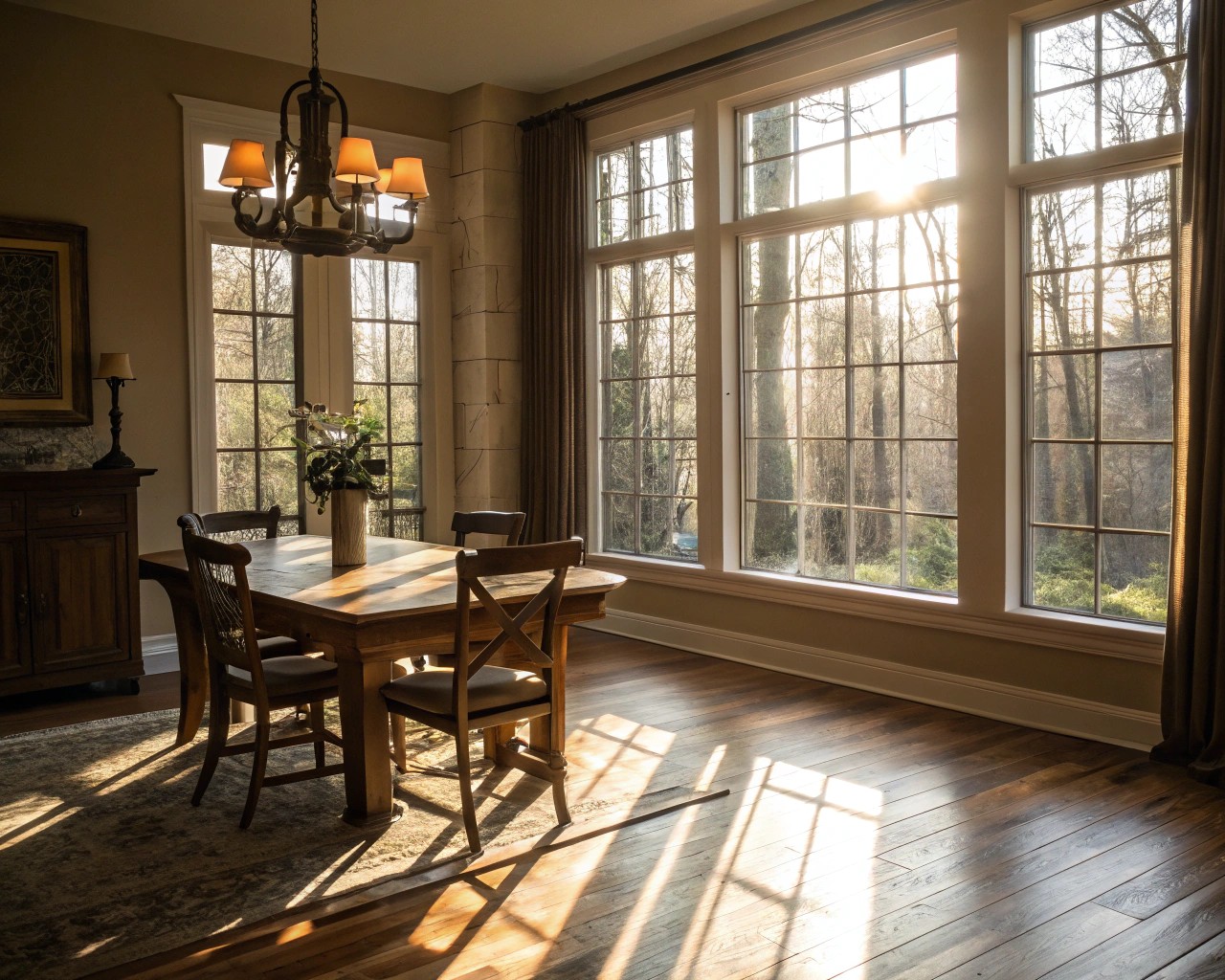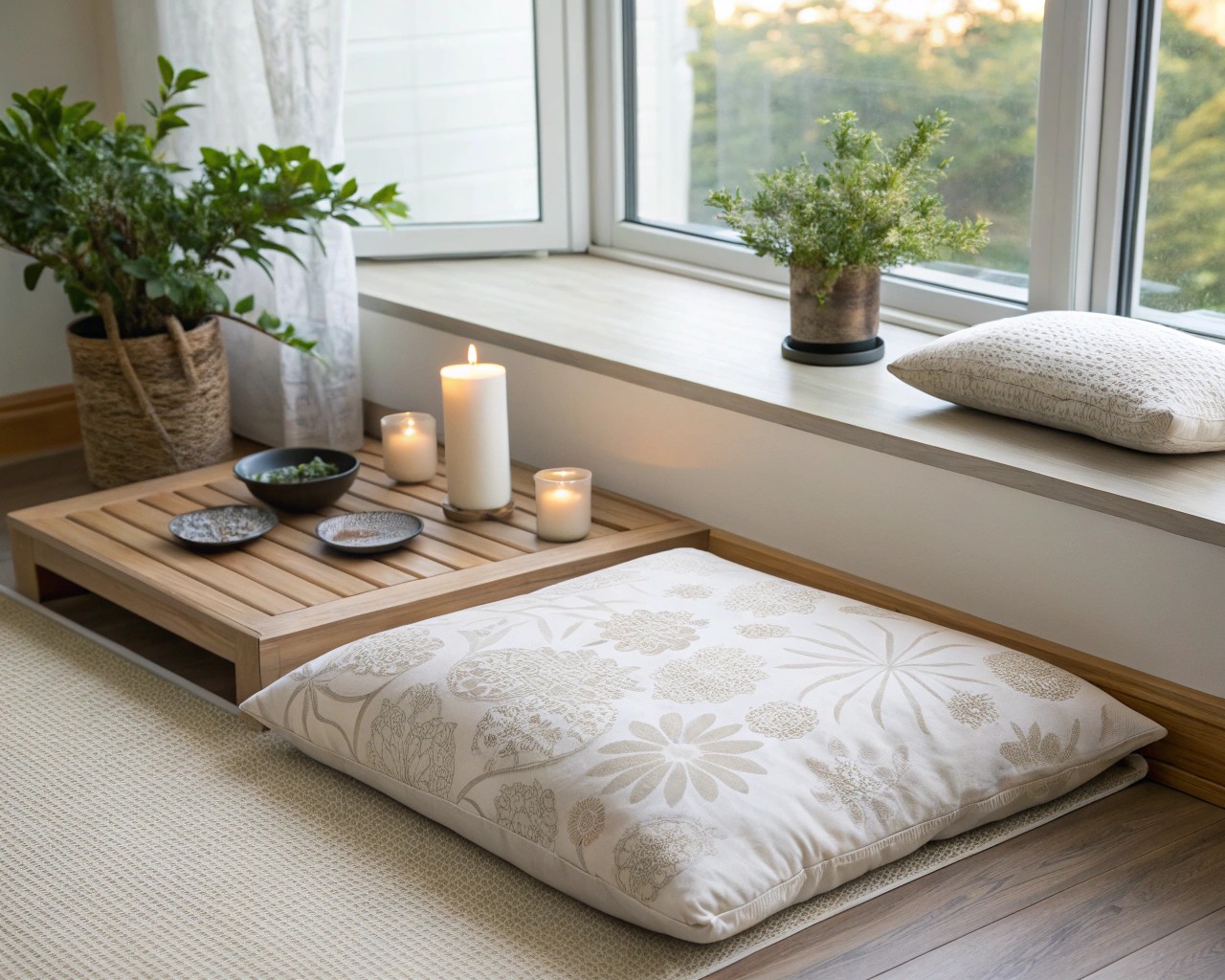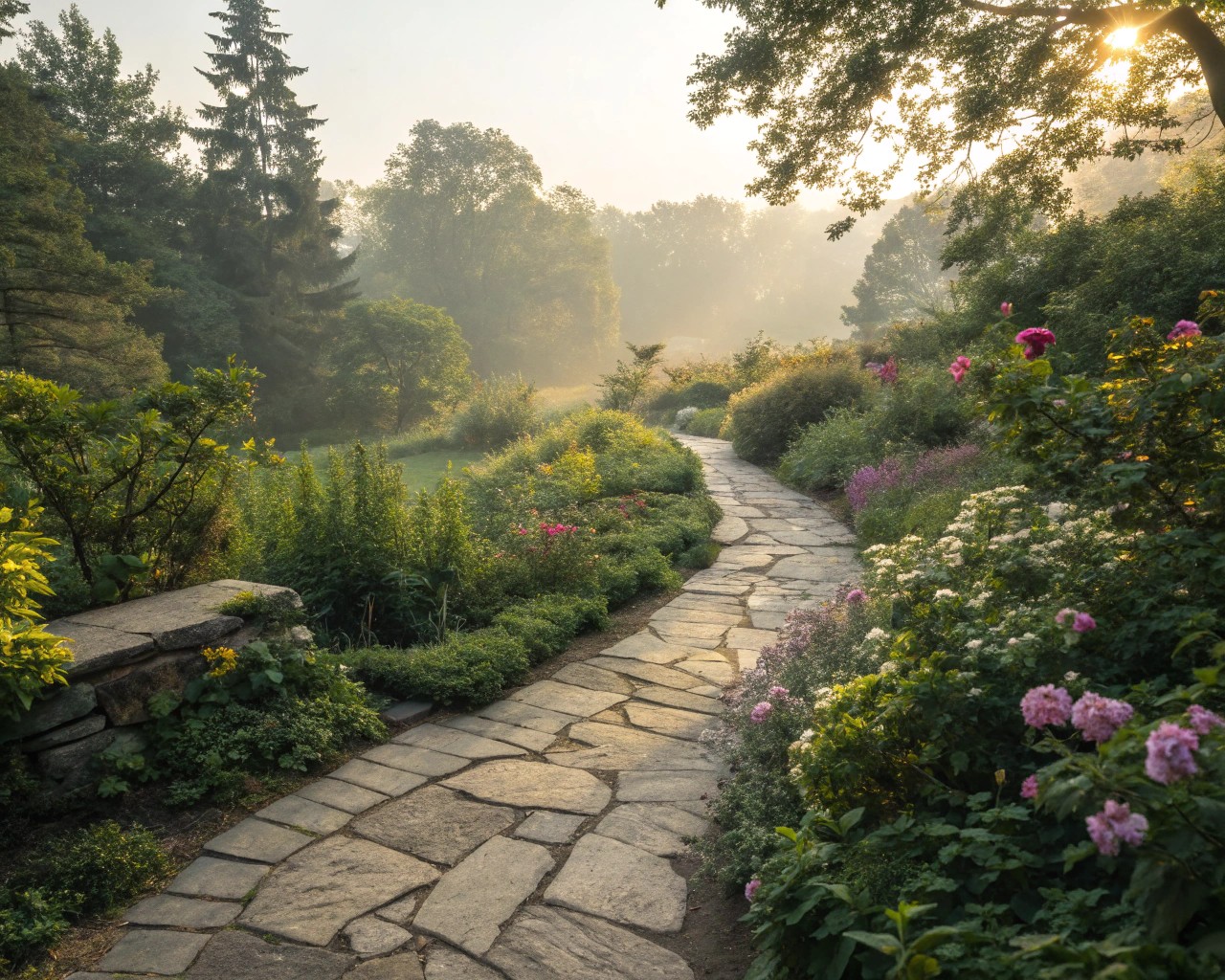Morning rituals shape our days in profound ways, yet we rarely consider how our physical spaces enable—or hinder—these precious moments. By thoughtfully designing environments that elevate our morning experiences, we can transform mundane routines into meaningful rituals that nourish our well-being and set a positive tone for the day ahead.
Understanding Ritual vs. Routine

There’s a subtle but powerful distinction between a routine and a ritual. As interior designer An Bui points out, a ritual imbues structure with intention. It’s about making the ordinary sacred through attention and care, elevating the everyday into something more meaningful.
When working with clients, I often observe how changing their environment transforms their relationship with mornings. The difference lies in intentionality—routines get us through the day, but rituals connect us to deeper meaning.
Elements That Define Morning Rituals:
- Intention: Mindful presence rather than autopilot actions
- Consistency: Regular practice that becomes anticipated
- Environment: Thoughtful settings that support the experience
- Personalization: Alignment with individual values and needs
- Elevation: Transforming ordinary activities into special moments
Designing Interior Spaces for Morning Ritual
The environment where we begin our day significantly impacts our mood, energy, and focus. Interior design plays a crucial role in creating spaces that support and enhance our morning rituals.
Light as a Design Element

The positive impact of morning natural light on overall well-being is significant, as highlighted by research like that from Etch Interior Design. Early sunlight exposure is known to boost the brain’s production of serotonin, enhancing mood.
When designing bedroom spaces, I prioritize window treatments that allow gentle morning light to filter in. For one client in Boston, we installed automated sheer blinds programmed to gradually open with the sunrise—creating a natural, gentle awakening that transformed their morning experience.
Design strategies for optimal morning light include:
- Position beds where morning light isn’t directly in eyes but fills the room
- Use sheer window coverings that filter rather than block light
- Install mirrors strategically to amplify natural light
- Consider light-responsive automated blinds for consistent waking times
- Add warm-toned lighting fixtures for darker winter mornings
Creating Dedicated Ritual Stations

Designated spaces for specific morning activities help anchor our rituals. Whether it’s a meditation corner, coffee station, or reading nook, these intentional areas signal to our brains that it’s time for a particular ritual.
One of my favorite projects involved designing a custom morning ritual nook for a busy executive. We transformed an unused corner into a dedicated space with a comfortable chair, a small table for tea, and a shelf holding only her journal, meditation cushion, and a few meaningful objects. The transformation wasn’t just physical—her entire morning experience shifted from rushed to restorative.
Landscape Design for Morning Rituals
Outdoor spaces offer unique opportunities for morning rituals that connect us to nature’s rhythms. Well-designed gardens and patios can become extensions of our morning practice.
Natural Stone Patios for Morning Reflection

Natural stone patios offer an excellent combination of style and function. Their inherent durability and timeless look make them ideal for outdoor seating. Furthermore, the varied textures and grounding quality of natural stone help create a calming atmosphere that integrates beautifully with the landscape.
We recently completed a project for a couple in Massachusetts who wanted to reconnect with nature each morning. By creating a small natural stone patio oriented to catch the morning sun, surrounded by aromatic herbs and flowering plants that attract hummingbirds, we gave them a sensory-rich space for their morning coffee ritual. They report that this 15-minute morning practice has become the highlight of their day.
Designing Walkways for Mindful Movement

Integrating natural stone walkways into the landscape design can significantly enhance morning rituals. They serve to guide movement through different outdoor zones, connecting the home to patios or meandering through garden beds, thereby offering opportunities for quiet reflection amidst nature.
For garden spaces, consider:
- Curved pathways that slow movement and encourage presence
- Textures underfoot that stimulate the senses
- Strategic placement of fragrant plants along morning paths
- Seating areas positioned to capture morning light
- Water features that provide gentle ambient sound
The Framework: Designing Your Personal Morning Ritual Space
Creating spaces that support meaningful morning rituals requires thoughtful planning. I’ve developed this framework after years of helping clients transform their morning experiences through design.
Step 1: Map Your Current and Ideal Morning Flow

Before redesigning any space, I ask clients to document their current morning activities and identify what brings them joy versus what feels draining. This mapping exercise reveals opportunities for spatial interventions.
Step 2: Identify Your Core Ritual Elements
Drawing from Dean Bokhari’s approach, we can categorize morning activities into four essential dimensions:
| Dimension | Purpose | Design Elements | Example Activities |
|---|---|---|---|
| Physical | Energy & vitality | Open space, ergonomic support | Exercise, stretching, walking |
| Mental | Focus & clarity | Reduced clutter, inspiring visuals | Reading, planning, journaling |
| Emotional | Connection & joy | Comfort, meaningful objects | Gratitude practice, connecting with loved ones |
| Spiritual | Purpose & presence | Calm, natural elements | Meditation, prayer, reflection |
Step 3: Create Designated Ritual Zones
Once you’ve identified your key ritual elements, designate specific areas in your home for each activity. Even in small spaces, visual cues can delineate different functional zones:
- Use area rugs to define meditation or stretching spaces
- Create a dedicated coffee or tea station with all essentials within reach
- Designate a comfortable chair specifically for reading or journaling
- Design a nature-viewing spot for quiet contemplation
Step 4: Minimize Friction Through Design
“The BIG THING to watch out for is using your phone — don’t be that person who sits in bed scrolling feeds for an hour”. Design can help us avoid morning distractions.
In my practice, I’ve helped clients create “phone-free zones” in bedrooms by designing beautiful analog alarm clocks and charging stations located outside the bedroom. These simple interventions have profoundly impacted their morning experiences.
Case Studies: Transforming Spaces for Ritual
Case Study 1: The Home Office Morning Transformation
Client Challenge: A freelance writer struggled with boundary-setting between work and personal time. Her mornings began with immediately checking email in bed, creating anxiety that persisted throughout the day.
Design Solution: We transformed an alcove near a east-facing window into a dedicated morning ritual space with a comfortable chair, small writing desk, and bookshelf containing only inspirational reading and her journal. Most importantly, we created a completely separate workspace in another room where her laptop remained closed until after her morning ritual.
Result: “Having a dedicated space that isn’t my workspace has completely transformed my mornings. I now read and journal for 20 minutes before even thinking about work. I’m more creative and centered throughout the day.”
Case Study 2: The Bathroom Sanctuary
Client Challenge: A busy parent with young children struggled to find any moment of peace in the morning rush.
Design Solution: We redesigned their bathroom with specific elements to create a spa-like experience: a rainfall shower with essential oil diffuser, built-in waterproof speakers, natural stone flooring for grounding, and adjustable lighting. Most importantly, we created visual cues that signaled “ritual time” versus “functional time.”
Result: Waking up 20 minutes earlier to enjoy this ritual space has provided this client with daily moments of peace that sustain them through busy days. “Those 15 minutes in my designed sanctuary have become non-negotiable. The whole family respects that time because they see how it benefits everyone.”
Designing for Different Morning Personality Types
Through working with diverse clients, I’ve observed that morning ritual spaces must align with individual temperaments and preferences. Here are design approaches for different morning personality types:
The Contemplative
Design Elements:
- Sound-dampening materials
- Minimal visual stimulation
- Natural materials and textures
- Soft, diffused lighting
- Views of nature or sky
Ritual Support: Meditation cushion, journal station, tea preparation area
The Energizer
Design Elements:
- Open space for movement
- Vibrant accent colors
- Organized exercise equipment
- Sound system for motivation
- Strategic mirror placement
Ritual Support: Clear floor space, workout station, refreshment area
The Planner
Design Elements:
- Dedicated desk or writing surface
- Excellent task lighting
- Analog planning tools
- Inspiration board
- Minimal distractions
Ritual Support: Calendar systems, goal-setting station, prioritization tools
Building Your Morning Ritual Design Toolkit
Here’s a practical list of design elements to consider when creating your morning ritual spaces:
- Lighting: Natural light sources, warm artificial lighting, gradual wake-up lights
- Sound: Sound machines, acoustic treatments, curated playlists
- Scent: Essential oil diffusers, natural fragrances, ventilation
- Texture: Natural fibers, grounding materials, comfortable surfaces
- Organization: Dedicated storage, ritual sequence prompts, clutter management
- Nature: Indoor plants, views, natural materials
- Personal touches: Meaningful objects, inspirational images, intention-setting tools

